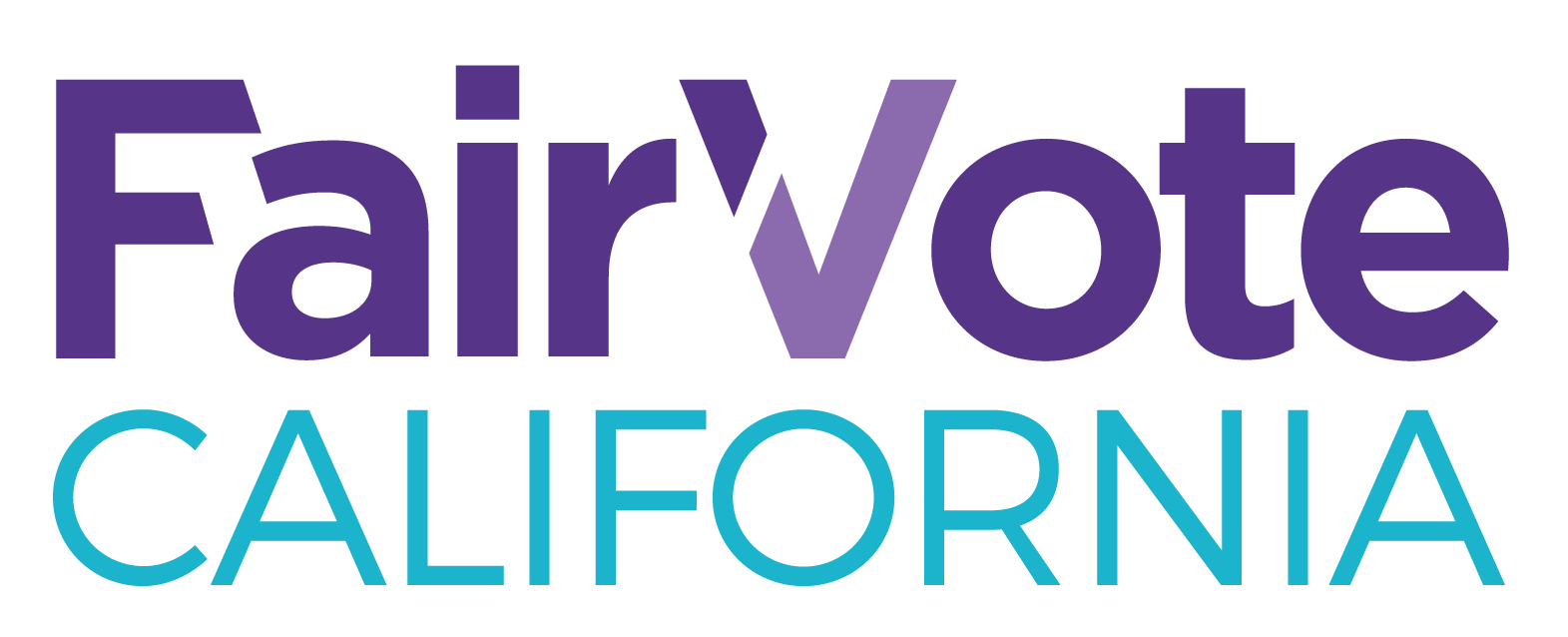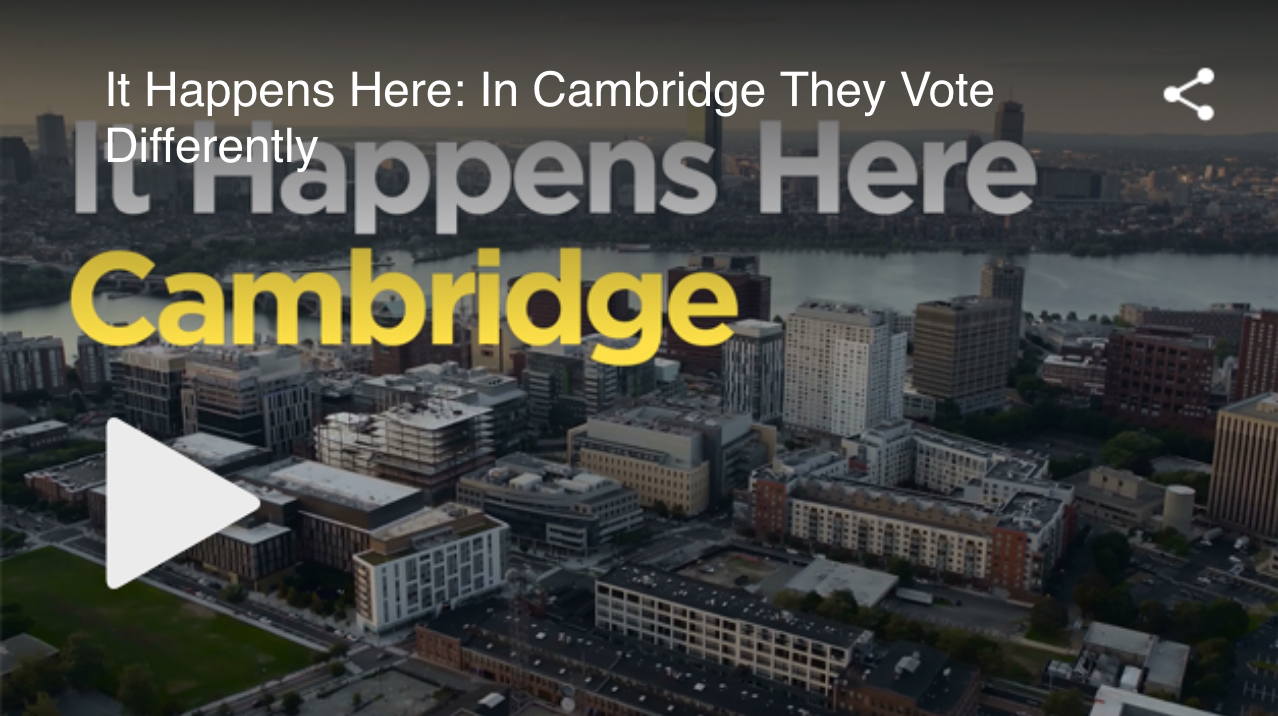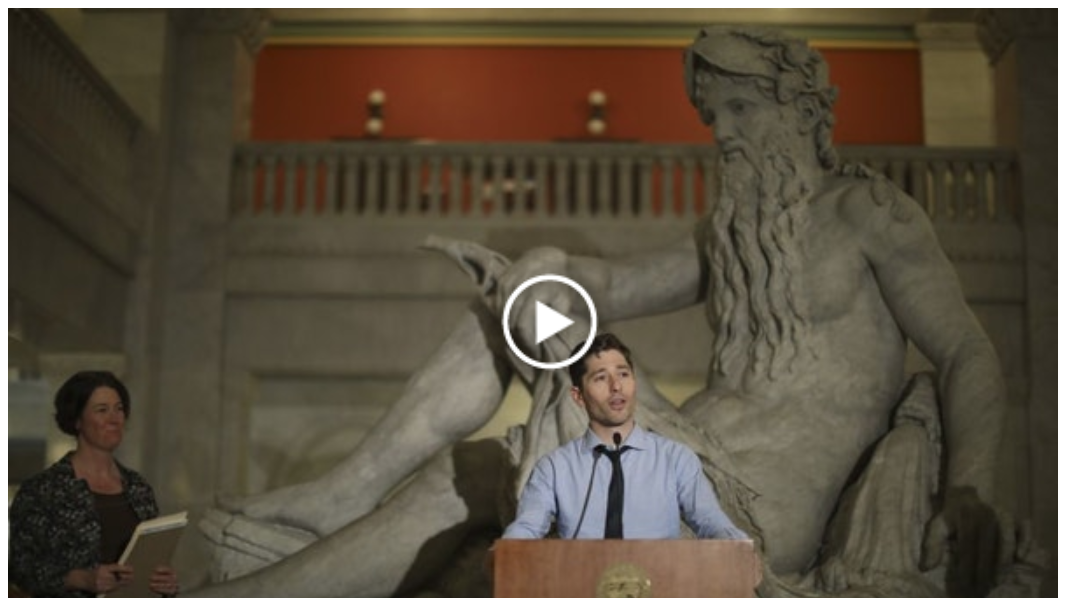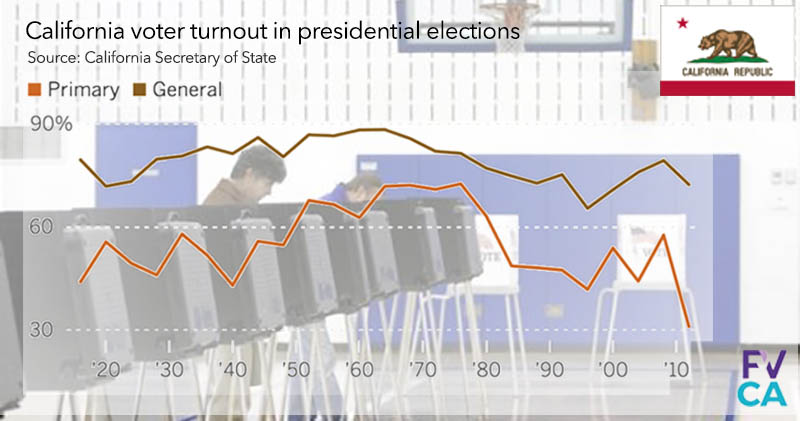Everything you need to know about San Francisco’s mayoral June 2018 election
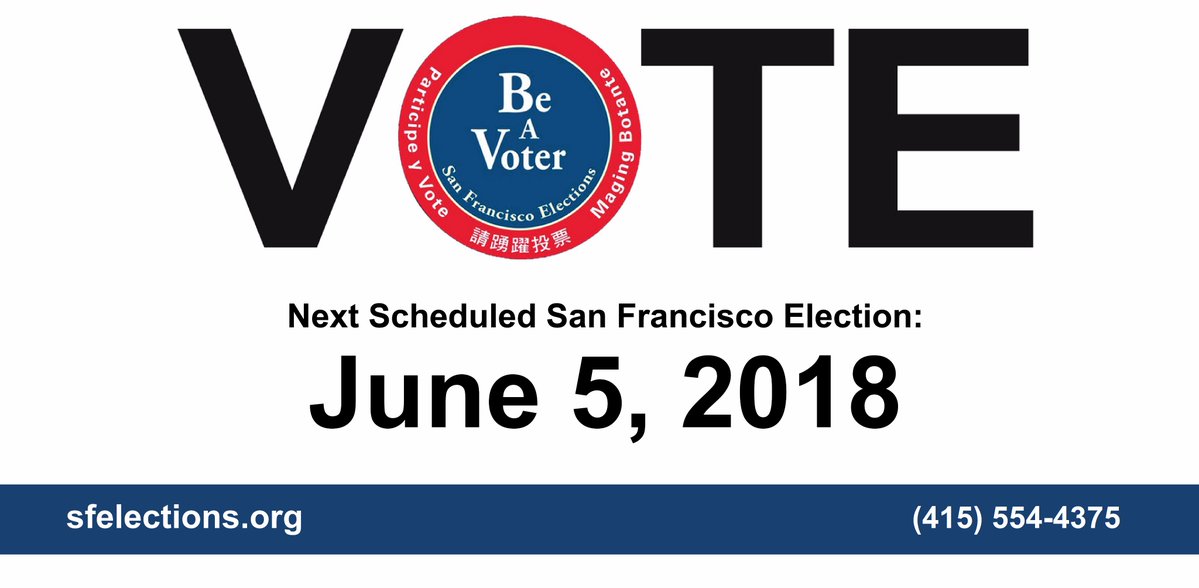 (image source: sfelections.org)
(image source: sfelections.org)
With the sudden passing of Mayor Edwin Lee on Dec. 12, voters in San Francisco will be choosing a new mayor in a special election on June 5, 2018. The winner will be choice in a single ranked choice voting, “instant runoff” election unlike most California vacancies that take far longer to fill over two rounds of voting.
Candidates for the special election will be required to submit their nomination papers by 5 pm on Jan. 9, 2018. The period for candidates to gather voter signatures to reduce the cost of filing nomination papers for the office of mayor is now open; this period ends Tuesday, Dec. 26 at 5pm.
While the field for candidates is not yet clear, we wanted to to provide our supporters with an overview of what to expect.
Read moreOur Hearts are in San Francisco
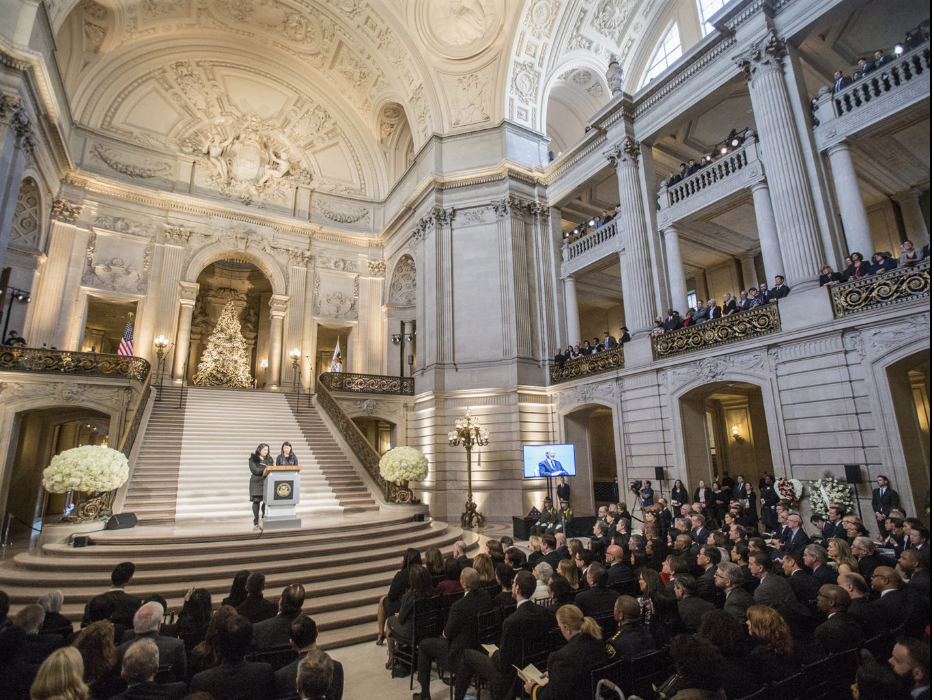
Tania and Brianna Lee, daughters of Mayor Ed Lee, give remarks during Sunday’s celebration of life ceremony at City Hall. (Jessica Christian/S.F. Examiner)
On December 12, 2018, San Francisco Mayor Ed Lee passed after suffering from a heart attack early Tuesday morning at the age of 65. Mayor Ed Lee was the first Asian American to be elected to San Francisco’s highest post and served as mayor for seven years as the 43rd mayor for the city.
Read moreHighlights from Cambridge Ranked Choice Voting Elections
On November 7th, 2017 Cambridge, MA saw the election of three new candidates to its open city council seats: Sumbul Siddiqui, is the first elected Muslim woman to the City Council; Quinton Zondervon, an environmental activist who immigrated from Suriname; and Alanna Mallon, founder of a Cambridge organization for food insecure students. Cambridge’s City Council is now made up of four women and five men.
The City also saw a 16% increase in voter turnout from its 2015 municipal election and the highest municipal turnout since 1991. In total, 21,412 ballots were cast for the city council election.
Cambridge has used Ranked Choice Voting (RCV) in its municipal elections since 1939. For more information read the national blog and check out this video:
Read moreRanked Choice Voting a Success in the Twin Cities
Minneapolis just had the highest voter turnout for a municipal election in two decades: 43%. City election officials had to provide more ballots due to the surge in voter participation. St. Paul also reported increased voter turnout with more than 61,000 voters casting ballots. Compare that to Los Angeles for their March 2017 municipal election, which had a 20% voter turnout.
For more info check out the national blog or watch this this video from the Minneapolis/St Paul Star Tribune:
Read moreCost of Runoff Elections in the Bay Area
How much could your city be saving with Ranked Choice Voting (RCV)?
Bay Area cities are saving tens of thousands to millions of dollars by avoiding runoff elections. A runoff for a district supervisor used to cost the City and County of San Francisco $340,000 while a December mayoral election used to cost the city $3.7 million. Today, San Francisco has translated these costs into savings.

Ranked Choice Voting Spotlight: Phillipe Cunningham

In Minneapolis, ranked choice voting made history. In the second round of the ranked choice voting (RCV) count, Phillipe Cunningham, a transgender Black man was elected to represent Minneapolis’ 4th Ward.
In a four (4) candidate race for the 4th Ward, Cunningham narrowly trailed Barb Johnson, the incumbent, 40.6% to 42.9% of the first choice votes. With ranked choice voting, Cunningham crossed the 50% majority threshold when the second choices of Dana Hansen and Stephanie Gasca were counted.
Cunningham joins Andrea Jenkins, a transgender Black woman, as the two first transgender candidates to be elected to the Minneapolis City Council. During a press statement, Cunningham elaborated on the role of ranked choice voting in his election:
Read moreCalifornia’s Shift to a March Primary Likely Dooms Top-Two System
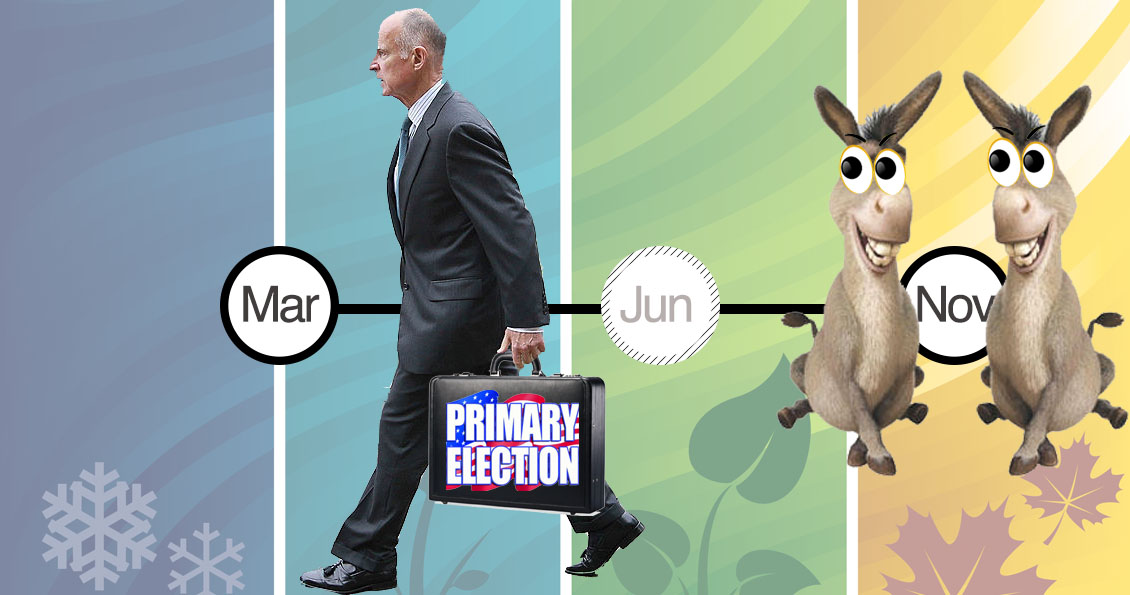
Governor Brown signed SB 568, which moves all of California’s partisan primaries from June to the first week in March, in midterm years as well as presidential years. The change is effective after 2018. Although much commentary about this bill has been published, there is little or no mention of the fact that a March primary for Congress and state office, in all election years, will very likely render the top-two system unconstitutional.
Read moreSanta Clara Pursues Ranked Choice Voting Under Threat of Litigation

Earlier this year a lawsuit was brought against the City of Santa Clara challenging the at-large electoral system used to elect its City Councilmembers. The lawsuit alleges that Santa Clara’s election system violates the California Voting Rights Act of 2001. In April, the City Council directed the creation of a Charter Review Committee to review the City’s election method and to make a recommendation for electing members to the City Council.
On January 30, 2018, the City Council unanimously passed a resolution to put the Charter Amendment on the ballot. If the proposed plan is adopted, Santa Clara could be the first California city to use multi-seat RCV. Further, ranked choice voting would also be used for offices elected citywide including Mayor, City Clerk, and Police Chief.
Santa Cruz Should Lead Election Reform for Its Own Good and the Nation’s - FairVote California
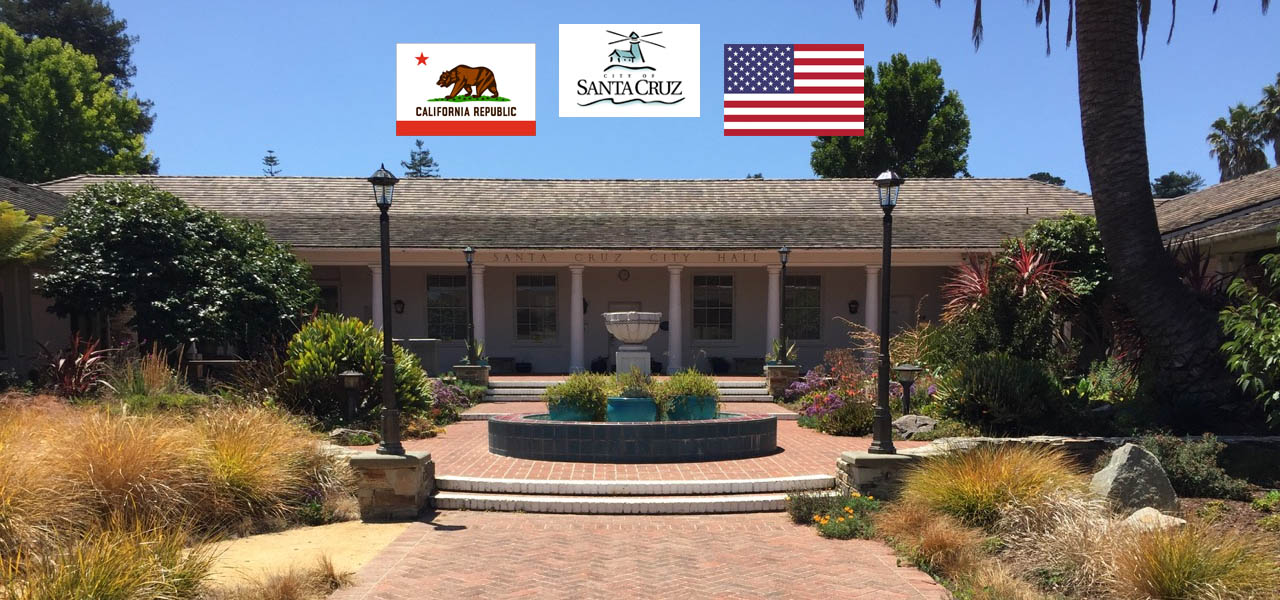
In 2016, election reform went from being a nice idea to an imperative. As a wiry haired genius (Albert Einstein) once said, “doing the same thing over and over again and expecting a different result is the definition of insanity.” If we continue to conduct elections in the same way, we will continue to get the same vicious campaigns and polarized government.
Read more
